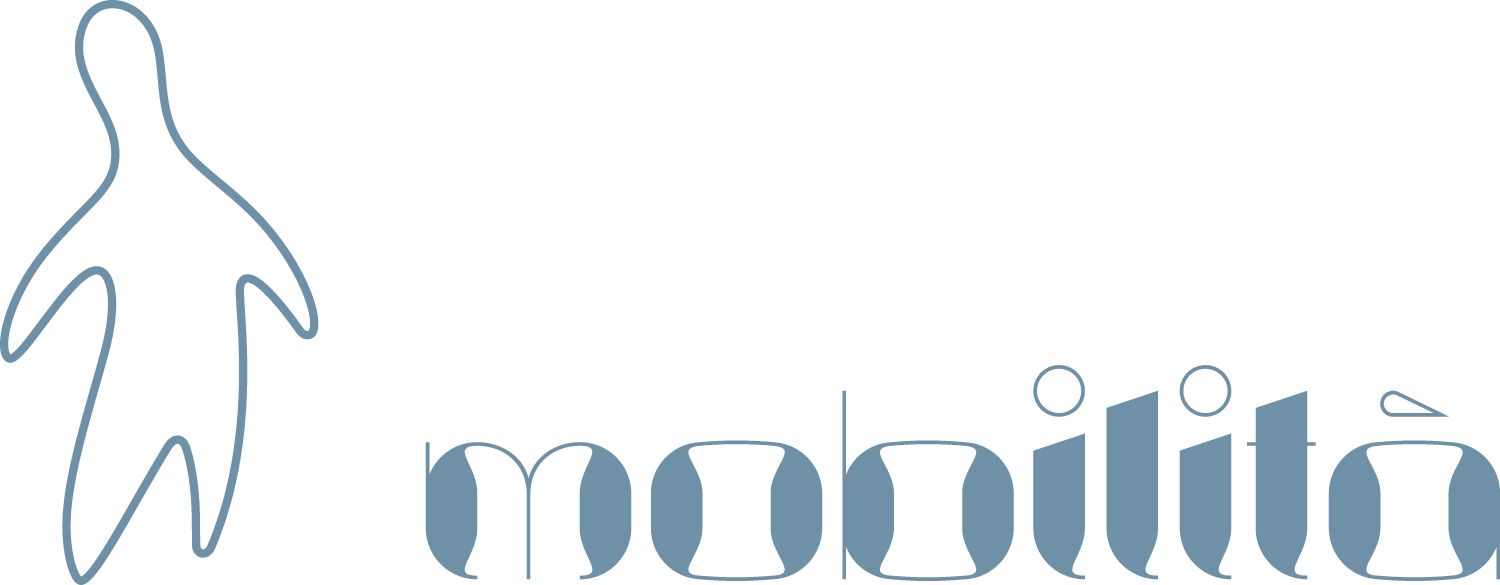Full of hidden meanings the Gondola Bow Iron is the things that make the gondola into a gondola. Every part of the decorative bow iron is there for a purpose. But let’s start with the gondola itself.
The origin of the gondola is lost to history but already during the 11th venture the distinctively narrow boat filled the canals of Venice. It was mentioned for the first time in 1089 and during the 1500s some 10,000 gondolas were used for transportation of people and goods.
The gondoliers were soon rumored to be a rough crowd that were gambling and extorting the people of Venice. This led to the upper classes buying their own gondolas and as the status symbols they were they started competing with color, ornaments and expensive fabrics. The gaudy luxury gondolas became too much for the authorities and in 1562 they made a decree that all but ceremonial gondolas had to be black.
The gondolas developed over the centuries but all of them are built in the special gondola boatyards called a Squero. The gondolas, being adapted to fit perfectly in narrow and shallow canals have no straight lines and one boat takes close to 500 hours. Many of those 500 hours was spent on the finishing touches like the many layers of water proofing varnish made from very secret family recipes. An important part of the gondola is the oar made by a Fórcola, an oar lock. Over the years they created the very intricate fork that you can see today. The fork is the holder for the oar that makes the gondolier able to move the oar in any number of ways. The gondola itself were continously modified and by the late 1800s the gondola makers started to make the left side of the gondola wider as a counterbalance to the gondolier. Today there are only around 400 gondolas left in Venice, compared to the 10,000 traveling the waterways 500 years ago.
The final touch on the gondola must be considered to be the beautiful bow iron or Fero da próva in Venetian. It is certainly there for decoration but every part of it has a meaning. The upper part symbolizes the hat of the Doge, the almost half circle under the hat is the Rialto Bridge and the open space under the bridge is the. The six rectangular shapes pointing forward are the districts of Venice. From the top, San Marco, San Polo, Santa Croce, Castello, Dorsoduro and Canaregio. The rectangle pointing backwards is Giudecca. The intricate shapes between the districts are the islands of Murano, Burano and Torcello and finally the whole shape from top to bottom is the Canal Grande.
















